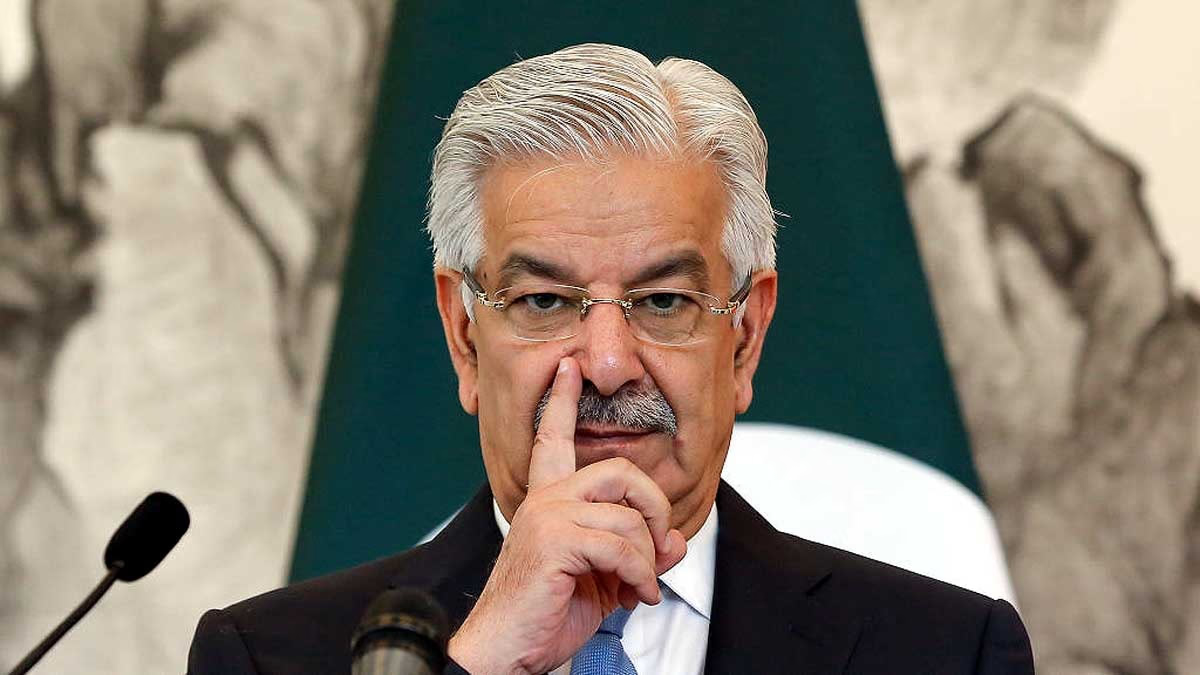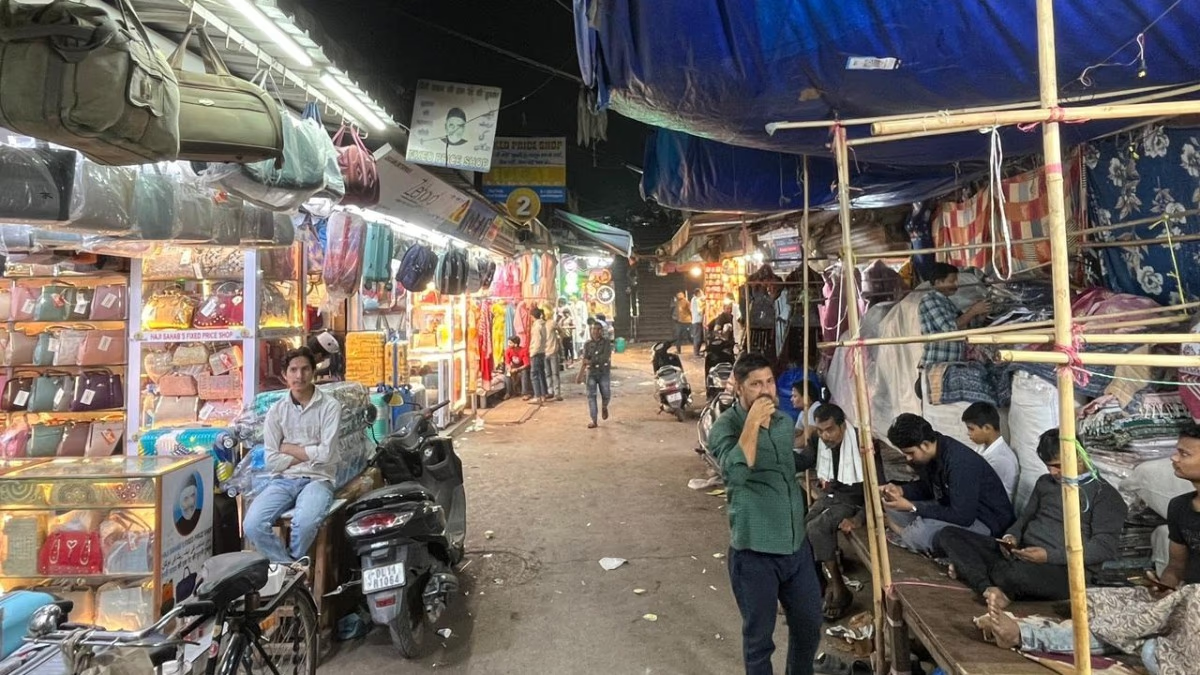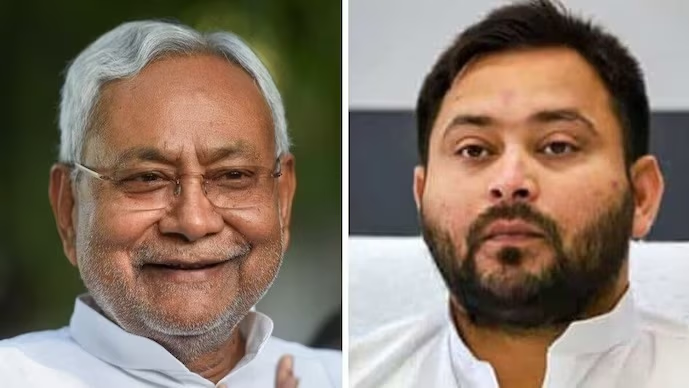Pakistan's Defense Minister Khawaja Asif has recently issued stern warnings to Afghanistan and India. He stated that if peace talks with Afghanistan fail, Pakistan is ready for 'open warfare.' Asif accused the Taliban of acting as India's agent, claiming that India aims to distract Pakistan with both eastern (India) and western (Afghanistan) fronts.
However, the pressing question remains: does Pakistan truly possess the ability to wage 'two-and-a-half-front' warfare? The phrase signifies two full fronts (India and Afghanistan) plus internal insurgency, particularly in Balochistan.
Read more: Preparing for Desert Warfare... Exercise Desert Blaze near India-Pakistan Border in Jaisalmer
Everything escalated in October 2025. On October 9, Pakistan launched airstrikes in Afghan regions like Kabul, Khost, Jalalabad, and Paktika targeting Pakistani Taliban (TTP) bases. TTP is a group fighting against Pakistan but hiding in Afghanistan.
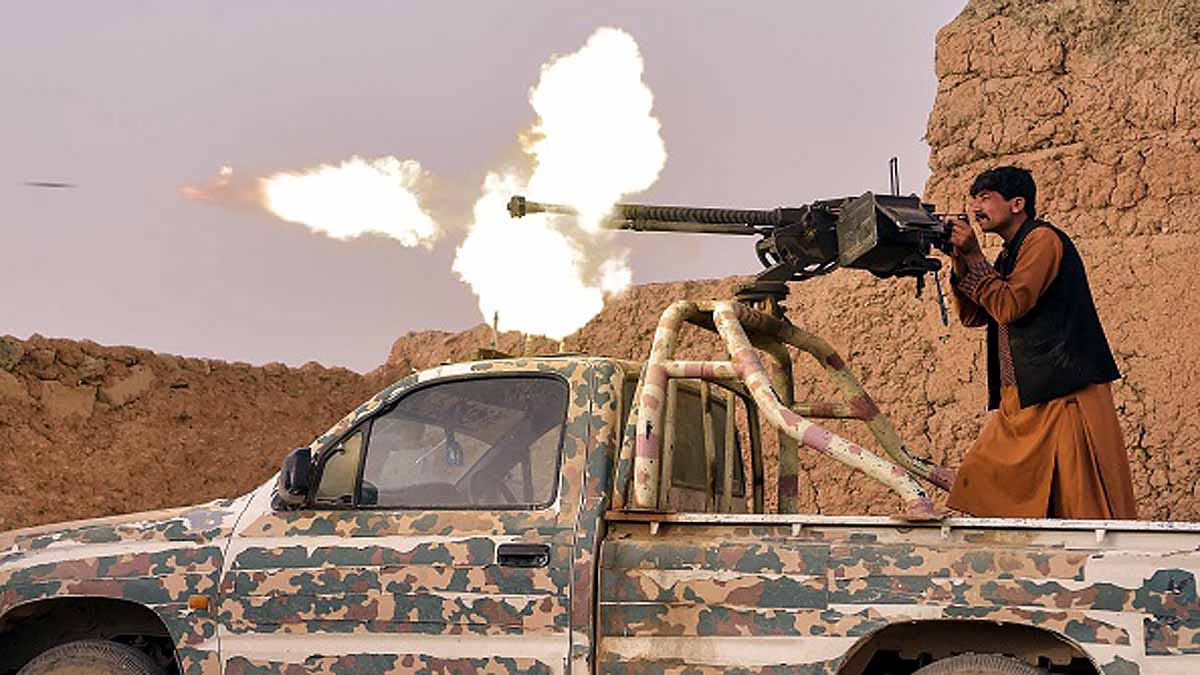
Source: aajtak
The Taliban strongly condemned these attacks, accusing Pakistan of crossing the border. A week of gunfire ensued along the borders. Intense clashes erupted between soldiers at the Khyber Pakhtunkhwa and Balochistan frontiers.
Mediation efforts began in Doha and Istanbul with assistance from Qatar and Turkey. In mid-October, a ceasefire was first agreed upon, followed by further talks in late October in Istanbul, resulting in agreements to uphold the ceasefire, establish a monitoring mechanism, and penalize violations. However, negotiations have stalled.
The Taliban claims Pakistan refuses to hand over terrorists, whereas Pakistan insists its enemies are hiding in Afghanistan and should be captured. On October 25, Asif warned that failure of these talks could lead to 'open war.'
Read more:
In a TV interview on October 28, Asif alleged Indian infiltration within the Taliban leadership, claiming they operate on Delhi's directives. He described the Taliban as 'sitting in India's lap.'
Asif accuses India of wanting to wage a 'proxy war' against Pakistan using Afghanistan. In May 2025, a four-day India-Pakistan conflict occurred, which Asif claims India aims to avenge.

Source: aajtak
Interviewed by Geo News on November 1, Asif stated that India intends to engage Pakistan on the eastern front while the western front faces the Afghan threat. He insisted that evidence exists of India promoting terrorism in Pakistan, demanding Afghanistan halts terrorism against Pakistan.
Asif claims Pakistan is ready for war on two fronts. However, experts view these threats as empty, given Pakistan's vulnerable economy and the challenge of distributing military forces across two regions. On October 17, Asif declared Pakistan keeps strategies ready for 'two-front war.'
Read more:
India outright dismisses these accusations. On October 16, Indian Foreign Ministry spokesperson Randhir Jaiswal remarked that Pakistan often blames neighbors for its internal failures. India respects Afghanistan’s sovereignty; recently, Taliban Foreign Minister Amir Khan Muttaqi visited India.
India dispatched 15 tons of food to Afghanistan as earthquake relief and reopened its embassy in Kabul. Pakistan fears a 'convenient alliance' between India and the Taliban.

Source: aajtak
Now, addressing the 'two-and-a-half fronts.' There are two complete fronts: the eastern front with India, the western front with Afghanistan, and a 'half' front involving the Balochistan insurgency. Balochistan, Pakistan's largest province, is plagued by long-standing separatist rebellion. Groups like the Baloch Liberation Army (BLA) engage in conflict against the Pakistani government.
They argue Punjab reaps the benefits of the province's resources (gas, oil), leaving Balochs with nothing. Attacks surged in Balochistan in 2025. In March 2025, insurgents struck military bases, killing numerous soldiers. In August, the BLA orchestrated a bomb blast in Quetta, resulting in over 20 casualties.
Read more:
While Pakistan's army remains heavily stationed there, insurgent ambushes persist. Experts call Balochistan's insurgency an 'internal front,' weakening the military. With added threats from India and Afghanistan, Balochistan becomes harder to manage.
A report warns Pakistan could become ensnared on four fronts (India, Afghanistan, Balochistan rebellion, maritime threat). Instability in Balochistan is eroding Pakistan's 'strategic depth.'
In essence, the 'two-and-a-half-front' war involves simultaneous struggles with India, Afghanistan, and internal Balochistan conflicts. Pakistan shares a 2600-kilometer border with Afghanistan and 3300 kilometers with India, and Balochistan encompasses over 1000 kilometers of internal terrain. Eastern fronts spotlight the Kashmir dispute, notably the Pahalgam attack in May 2025, which resulted in 26 deaths.
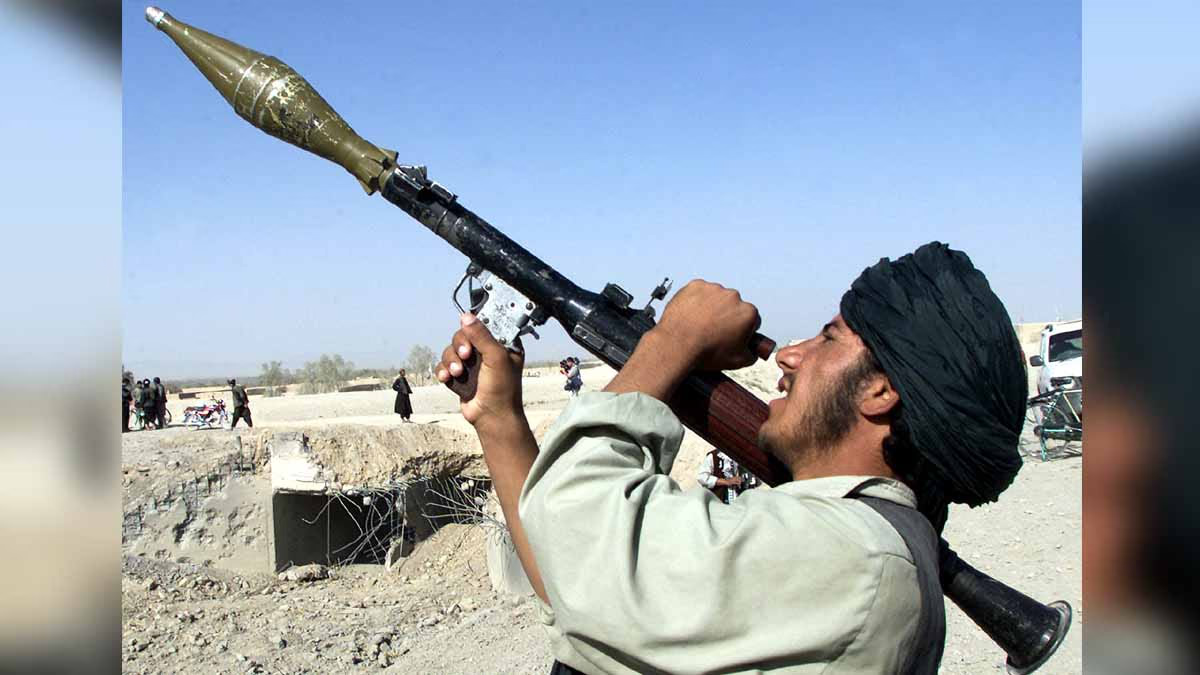
Source: aajtak
Active on the western front are the TTP and Baloch separatists. On October 18th, General Asim Munir, Pakistan's army chief, warned that any aggression would yield devastating results, with responses exceeding expectations.
Pakistan possesses nuclear weapons, a significant deterrent; however, it lags behind India in terms of conventional military (tanks, aircraft, soldiers).
In 2025, Pakistan established a missile surveillance unit amidst an economic crisis, as inflation surpasses 25% and unemployment climbs. Experts argue that confronting 'two-and-a-half fronts' is a 'nightmare' for Pakistan. The military is already stretched thin between Balochistan and Khyber.
Should India increase border pressure, managing both Afghanistan and Balochistan becomes impossible. Even holding two fronts is challenging for Pakistan's military, and Balochistan complicates matters. In October 2025, Asif stressed Pakistan's preparedness for the two-front challenge.
Analysts suggest Pakistan's longstanding policy is now backfiring, with escalating rebellions in Balochistan. India's Defense Minister Rajnath Singh stated on October 27th that any aggression would prompt a harsh answer.
Read more:
The third round of talks is anticipated in Istanbul. Both sides need to establish a surveillance mechanism to counter terrorism. If negotiations fail, tensions may rise. Information Minister Ataullah Tarar of Pakistan alleged India was using fishermen for spying purposes.
Naval exercises between Indian and Pakistani forces continue in the Arabian Sea, viewed by experts as diversions from domestic issues. Pakistan faces significant challenges, including economic woes, unemployment, the Balochistan insurgency, and political instability. A 'two-and-a-half front' war benefits no one.
